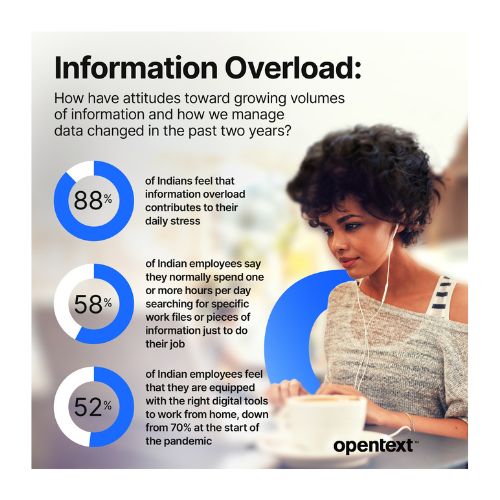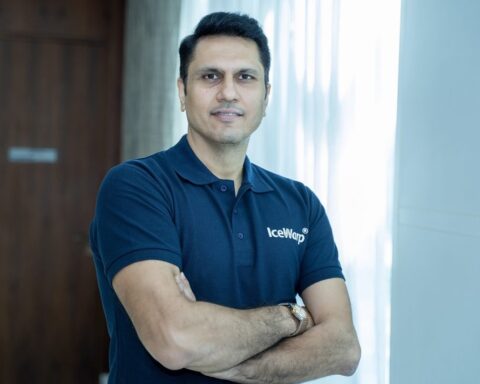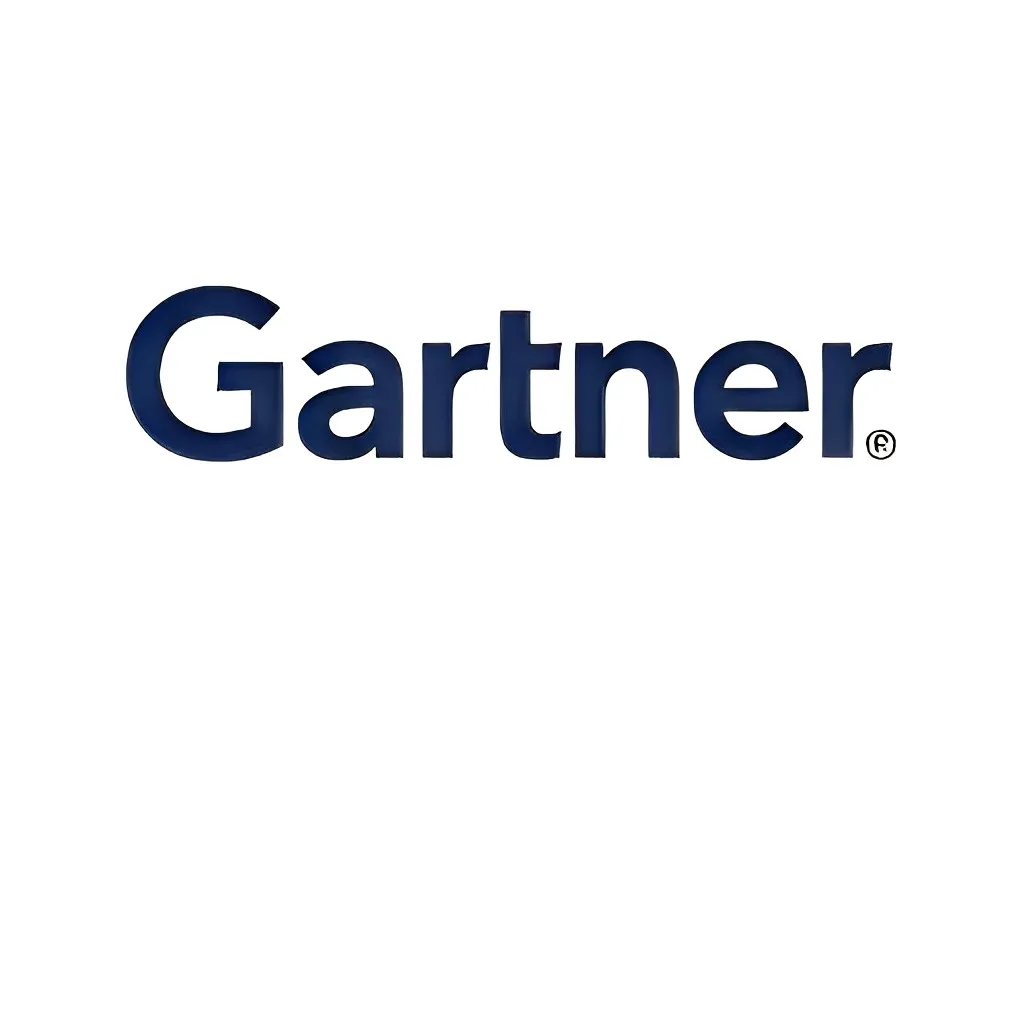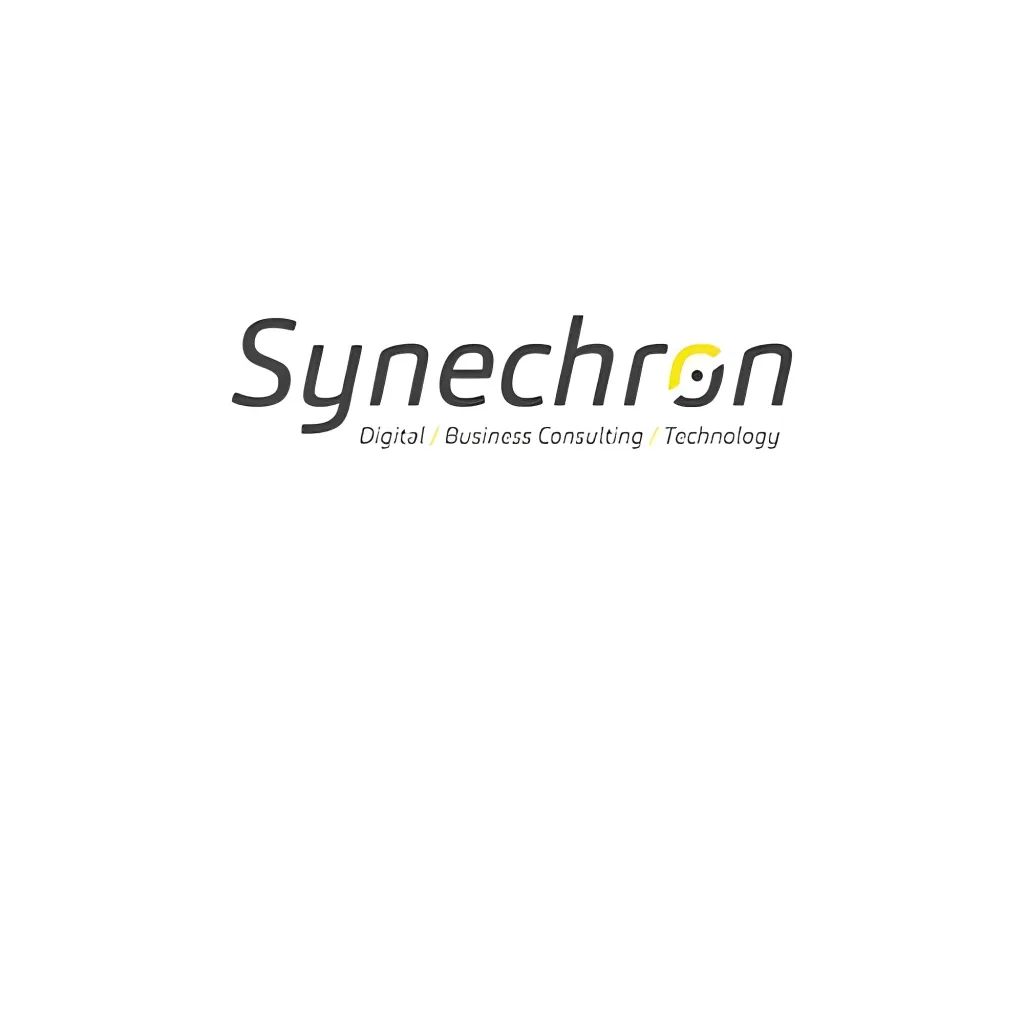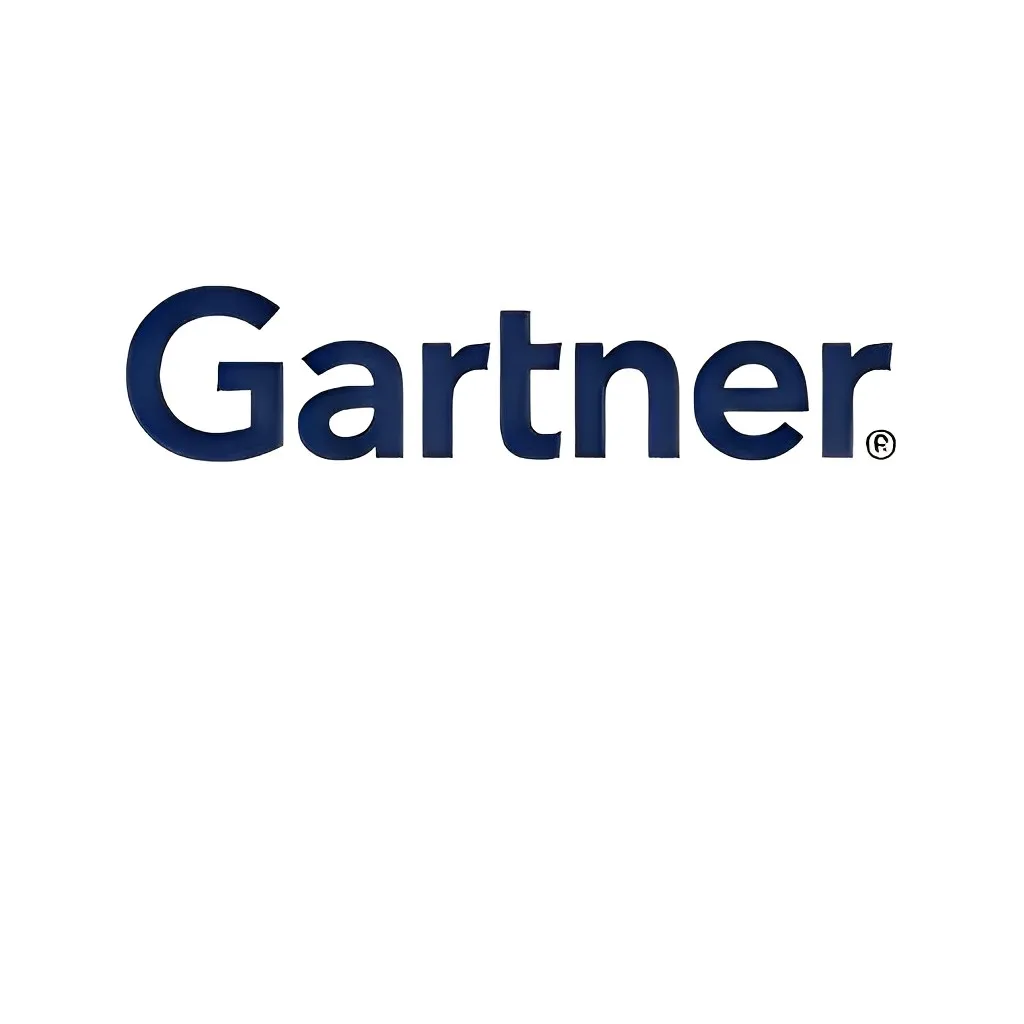New research from OpenText reveals the extent to which the effects of information overload are impacting Indians and how this has changed during the COVID 19 pandemic. The survey findings offer market insights, trend data, and predictions for what lies ahead as organizations take steps to combat the effects of information overload. The key lies in being able to successfully transform how information is accessed, managed, and leveraged throughout the organization, so they can achieve an information advantage. This advantage sets organizations apart in their markets and can act as a catalyst for growth.
Survey highlights
An overwhelming majority (88%%) of Indians feel that information overload – driven by factors including constant information flow 24/7, pervasive social media, or too many apps to check each day – continues to contribute to their daily stress. This compares with almost the same number (90%) who indicated in a similar OpenText survey conducted in November 2020 that information overload contributed to their daily stress.
As our work lives continue to spill into our personal lives with hybrid working, surprisingly even in 2022, just over a half of Indian employees (52%) feel they are equipped with the right digital tools to work at home. Even more surprising is that this has dropped from 70% at the onset of the pandemic.
An endless supply of information everywhere
Nearly two in five (39%) respondents say they have to use eleven or more accounts, resources, tools and apps on a daily basis. This compares with just one in five (21%) who said this was the case two years ago, proving that the information people need to access resides within an increasing number of data repositories and applications.
In fact, due to the siloed nature of where information sits within organizations, three in five Indian employees (58%) say that they normally spend, on average, one or more hours per day searching on company networks or shared systems for specific work files or pieces of information just to do their job.

“For businesses and their employees, the proposition of trying to manage the volume and complexity of information –structured and unstructured data that is pervasive and growing exponentially – can be a daunting one. What we’ve come to realize is that information on its own is not the answer,” said Sandy Ono, Executive Vice President and Chief Marketing Officer at OpenText. “The answer comes when you break down siloes and centralize information. When you continuously manage and bring all your information together, it is transformed. Patterns and trends emerge, insights are gleaned, and better decisions are made. That is the information advantage.”
Not just a matter of what and where
Information scattered across multiple locations is another reason for the difficulties workers face, with close to a half (46%) reporting it’s hampering their ability to find the information they need to do their job. Almost a third (31%) feel that their colleagues not saving the latest version of documents to shared systems also hampered their ability to do their job, while more than a third (35%) feel that not knowing where to find the most up-to-date information also contributes to stress.
Unfortunately, poor information management and these kinds of sustained challenges are having negative effect on employees. So much so that 38% feel that it is having an impact on their mental well-being and stress levels. In addition, the same number (38%) indicate it is having a detrimental effect on their performance at work, more than a third (36%) feel it is negatively impacting their overall job satisfaction and 43% say that it is having a direct impact on their work-life balance.
This time, it’s personal
The lack of effective information management tools in many businesses is now starting to have an impact on what steps employees feel they need to take themselves. Whether they are told they can use them or not, four-fifths (80% of Indian employees currently use personal file sharing systems (such as OneDrive, Google Drive, WhatsApp or Dropbox) for work-related file sharing as a way to make things easier for them. More interestingly still, 72% of those do it as they believe their company does not have a policy against it, despite the associated, elevated security risks. The global picture is yet more surprising with almost two-thirds (63%) of employees across the globe indicating they use personal file sharing systems to share work files and almost three-quarters of them (71%) doing so as they believe there is no organizational policy against it.
Unfortunately, the issues do not end there. Hybrid workers in India feel that they face a broad range of other challenges with two in five (38%) saying that they cannot collaborate or share files with colleagues as easily when they are working from home, 41% indicating they cannot access corporate file systems and content as easily when working remotely, while 28% are struggling to carry on between the office and their home the technology and tools they need daily just to do their job.

Discussing the findings, Manish Dangwal, Country Manager, India Sales at OpenText, said, “As data from office workers, suppliers and customers continues to boom across every organisation, and as the number of systems and applications they use continues to rise, so too do the risks. Right now, there is an urgent need for businesses to automate information management and governance, so that content can be captured and classified retention policies can be applied automatically, such that employees can easily access accurate, up-to-date information without having to trawl multiple applications. Only by taking these steps can organisations succeed in reducing complexity and enable employees to easily collaborate with their colleagues no matter what device or application they use or where and how they choose to work.”




